Discover 11 hidden attractions, cool sights, and unusual things to do in Matsue (Japan). Don't miss out on these must-see attractions: Matsue Castle, Shimane Art Museum, and Lafcadio Hearn Memorial Museum. Also, be sure to include Yaegaki Shrine in your itinerary.
Below, you can find the list of the most amazing places you should visit in Matsue (Shimane).
Table of Contents
Matsue Castle
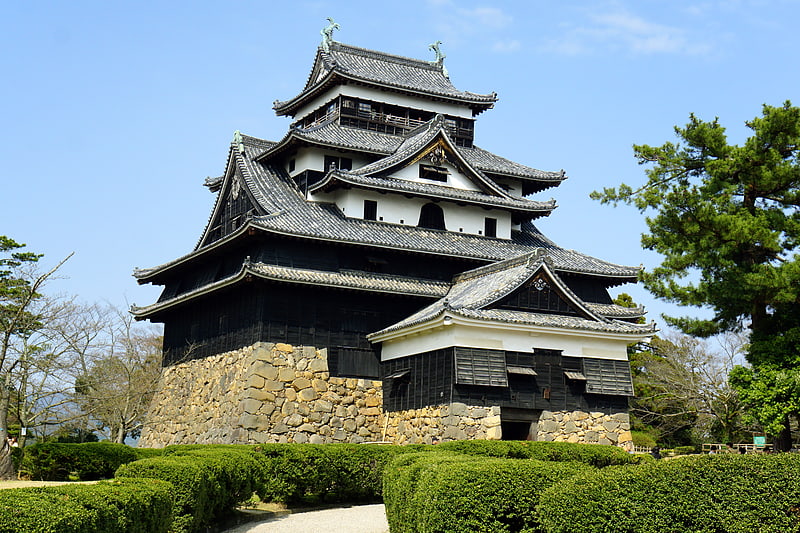
Also known as: 松江城
Traditional wooden castle built in 1611. Matsue Castle is a Japanese castle located in Matsue, Shimane Prefecture.
Matsue Castle was constructed from 1607 to 1611 by Horio Yoshiharu, the first daimyō of the Matsue Domain, during the early Edo period. Ownership was passed to the Izumo branch of the Kyōgoku in 1633 and then the Matsudaira, a junior branch of the ruling Tokugawa clan, in 1637. The Matsudaira donated Matsue Castle to the city of Matsue in 1927.
Matsue Castle is one of few remaining feudal Japanese castles in their original wooden form and not a modern concrete reconstruction. Built after the last great war of feudal Japan, the castle has survived earthquakes, fires, wars and other causes that destroyed or damaged other Japanese castles. Several castle buildings were demolished during the early Meiji period with only some of the original keep and stone walls existing today. Matsue Castle, standing on the shores of Lake Shinji, is one of Japan's Three Great Lake Castles and the heart of Matsue's central riverside district.[1]
Address: 1-5 Tonomachi, 690-0887 Matsue
Shimane Art Museum
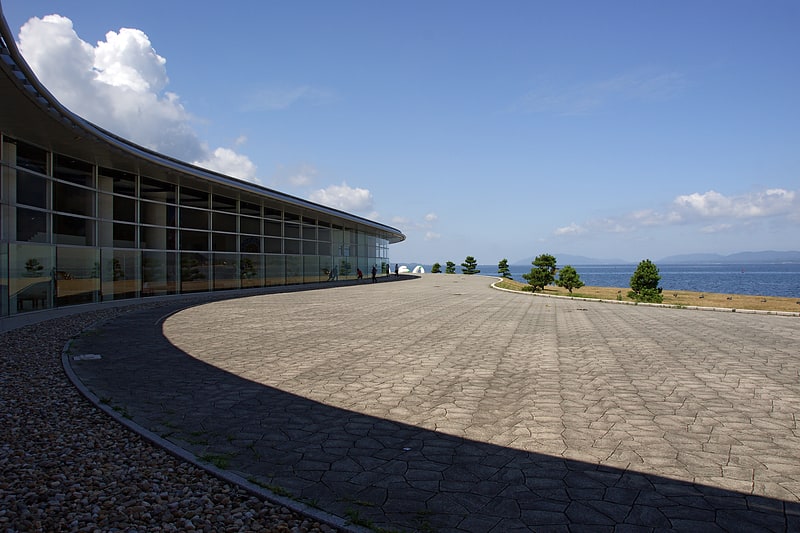
Also known as: 島根県立美術館
Museum in Matsue, Japan. The Shimane Art Museum opened in Matsue, Shimane Prefecture, Japan in 1999. Designed by Kiyonori Kikutake and with a total floor area of 12,500 square metres, it houses a collection of Japanese and Western art, including Momoyama folding screens and paintings by Corot, Sisley, Monet, and Gauguin.[2]
Address: 1-5 Sodeshicho, 690-0049 Matsue
Lafcadio Hearn Memorial Museum
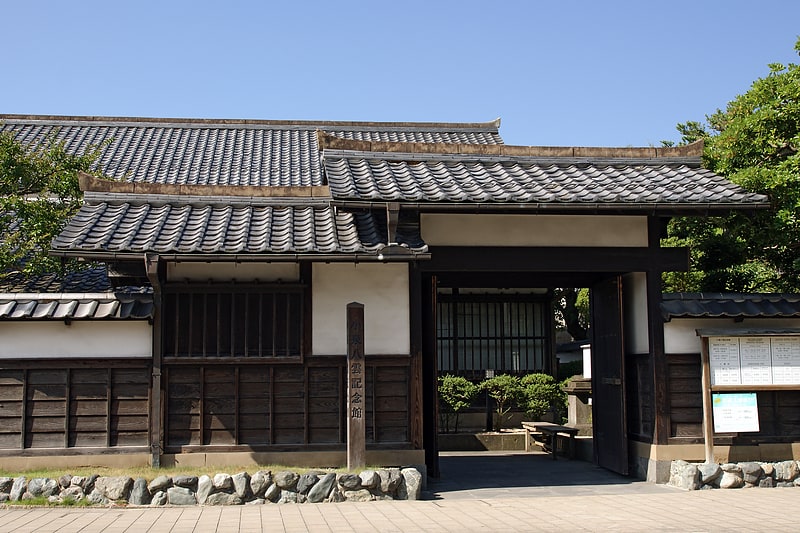
Also known as: 小泉八雲記念館
Museum in Matsue, Japan. The Lafcadio Hearn Memorial Museum is a writer's house museum established in Matsue, Shimane Prefecture, Japan in 1933. Lafcadio Hearn lived in Matsue from August 1890 to November 1891, and the museum was built next to his former residence, itself designated an Historic Site in 1940. The original museum was modelled on the Goethe-Nationalmuseum in Weimar, but it was rebuilt in a more traditional Japanese style in 1984. The museum attracts around 150,000 visitors a year.[3]
Address: 322 Okudanicho, 690-0872 Matsue
Yaegaki Shrine
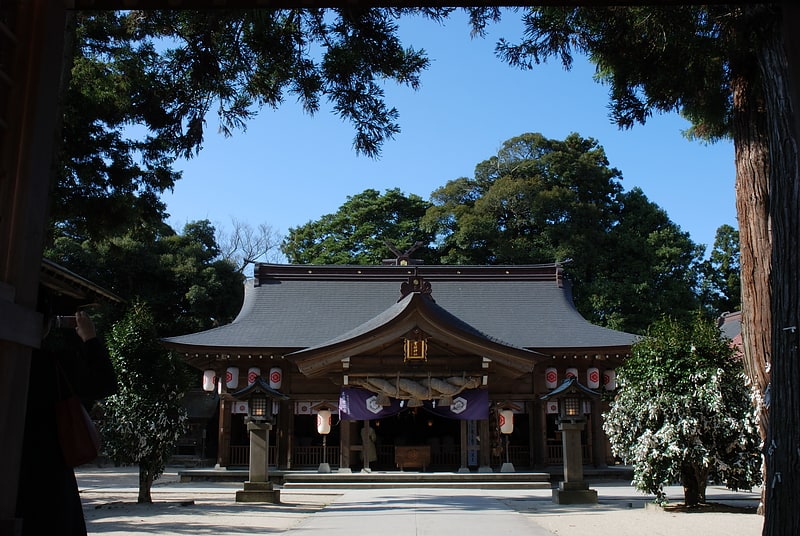
Also known as: 八重垣神社
Shinto shrine in Matsue, Japan. Yaegaki Shrine, formerly known as Sakusa Shrine, is a Shinto shrine in Matsue, Shimane Prefecture, Japan.[4]
Address: 227 Sakusacho, 690-0035 Matsue
Matsue Vogel Park
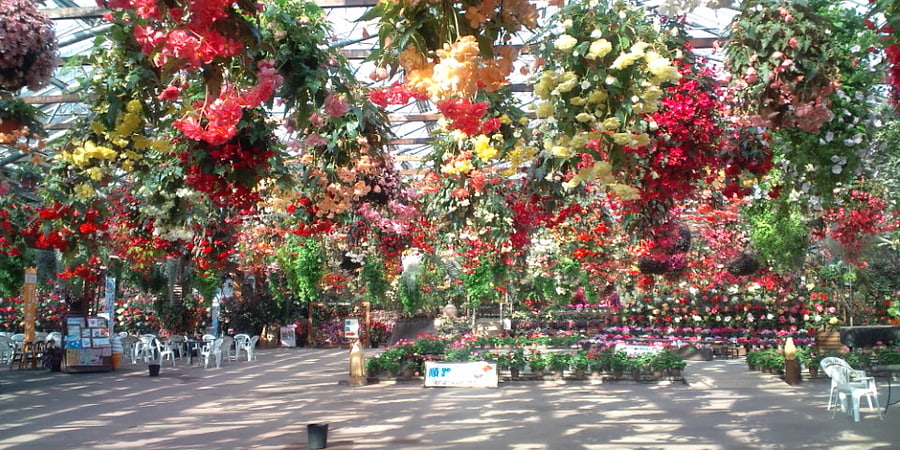
Also known as: 松江フォーゲルパーク
Theme park in Matsue, Japan. Shimane Vogel Park, or Matsue Vogel Park, is an aviary park in Shimane Prefecture, on the Sea of Japan. Amid pleasant green hills on the north shore of Lake Shinji, it has paved walkways between four aviaries holding tropical birds - mostly toucans, turacos, hornbills and ibises. The park is also home to various birds from around the world, including rare and exotic birds. There are also a number of waterfowl to be found in the aquatic birds aviary. Vogel Park also includes such birds as emus and penguins.↵An owl flight show is exhibited four times a day.
Vogel Park boasts one of the largest greenhouses in the world, residence to various flowers of which most are found in bloom year-round. Begonia, Fuchsia and Coleus flowers are an example of some that can be admired at the park.[5]
Address: 52 Ogaki-cho, 690-0263 Matsue
Tanabe Art Museum
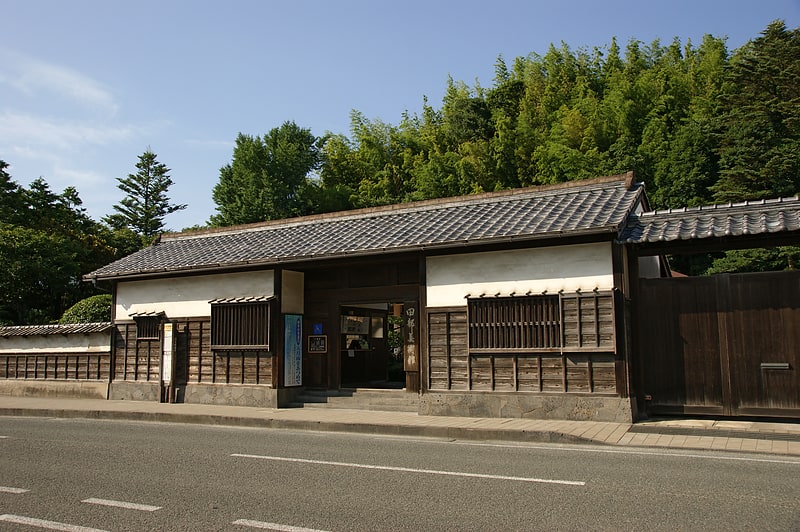
Also known as: 田部美術館
Art museum in Matsue, Japan. The Tanabe Art Museum was established in Matsue, Shimane Prefecture, Japan in 1979. Designed by Kiyonori Kikutake and with a total floor area of 854 sqm, it houses a collection of tea ceremony implements and other treasures acquired by the local Tanabe clan.[6]
Address: 310-5 Kitahoricho, 690-0888 Matsue
Tamatsukuri Onsen

Also known as: 玉造温泉
Japanese inn with hot spring in Matsue, Japan. Tamatsukuri Onsen is an onsen hot spring located in Tamayu, Shimane Prefecture. The closest large city to the onsen is Matsue, which can be accessed by car, bus, or rail. Tamatsukuri is a noted sulfate spring with water temperatures between 50–70 °C.
Tamatsukuri Onsen is an ancient hot spring, dating back to the 8th century where gods are said to bathe once a year since the creation of Japan according to the myth of Izanagi and Izanami. The onsen is mentioned as early as 733 in an entry in the Izumo Fudoki, an ancient record of the culture and geography of Izumo Province.
The waters of Tamatsukuri are said to aid in the recovery from several ailments such as rheumatism, skin conditions, etc. The mineral content of the water is said to be beneficial to the skin, and is a popular destination with those interested in the area's ancient history, and its beauty benefits.[7]
Address: Tamatsukuri Tamayucho, 690-0201 Matsue
Eshima Ohashi Bridge
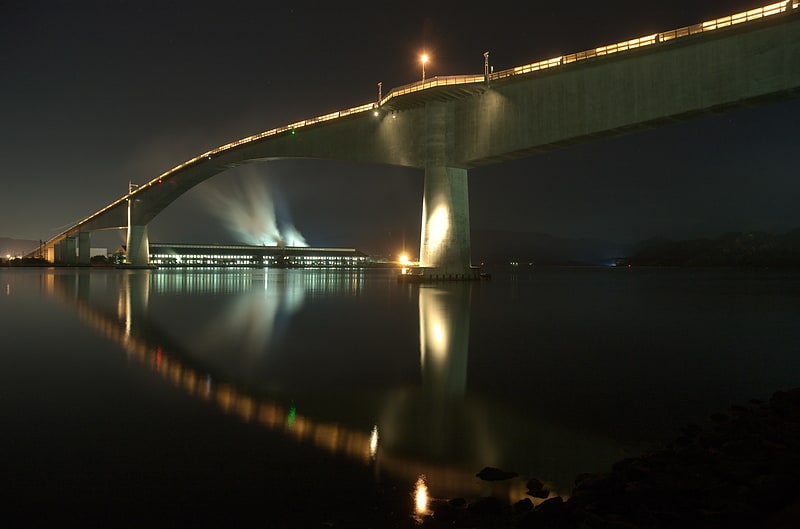
Also known as: 江島大橋
Rigid-frame bridge. The Eshima Ohashi Bridge is a rigid-frame bridge in Japan that connects Matsue, Shimane Prefecture, and Sakaiminato, Tottori Prefecture, over Nakaumi lake. It was built from 1997 to 2004, and it is the largest rigid-frame bridge in Japan and the third largest in the world. Images of the bridge have been widely circulated on the internet, owing to its seemingly steep nature when photographed from a distance with a telephoto lens, but in actuality, it has a less pronounced, 6.1% gradient in the side of Shimane and a 5.1% gradient in the side of Tottori.
Eshima Ohashi Bridge replaced the previous drawbridge, since traffic was obstructed often by ships for about 7 to 8 minutes, only large vehicles under 14 tons were allowed and only 4000 vehicles could cross it per day.[8]
Address: 渡町 / 八束町江島, Matsue
Nihonkai evergreen forests
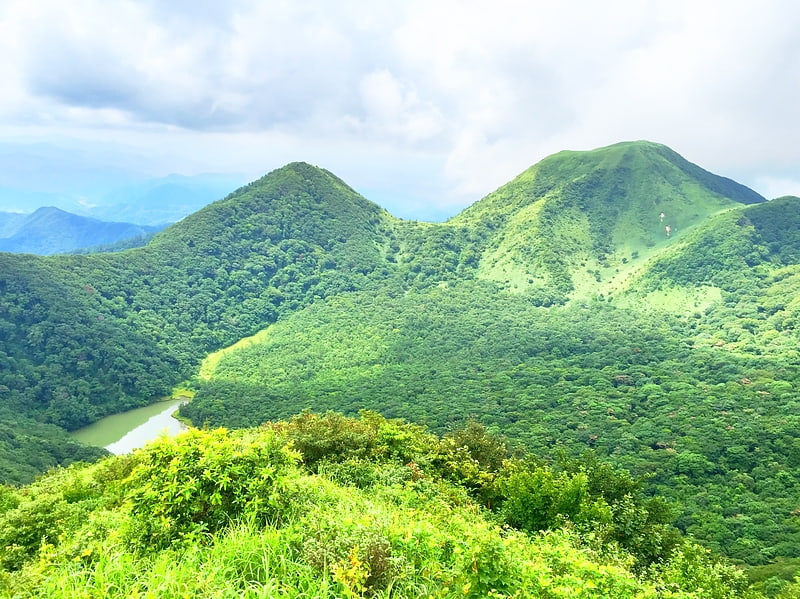
The Nihonkai evergreen forests ecoregion covers a thin strip of land on the western coast of the island of Honshu in Japan. It is bounded on the east by the Nihonkai montane deciduous forests ecoregion.[9]
Meimei-an
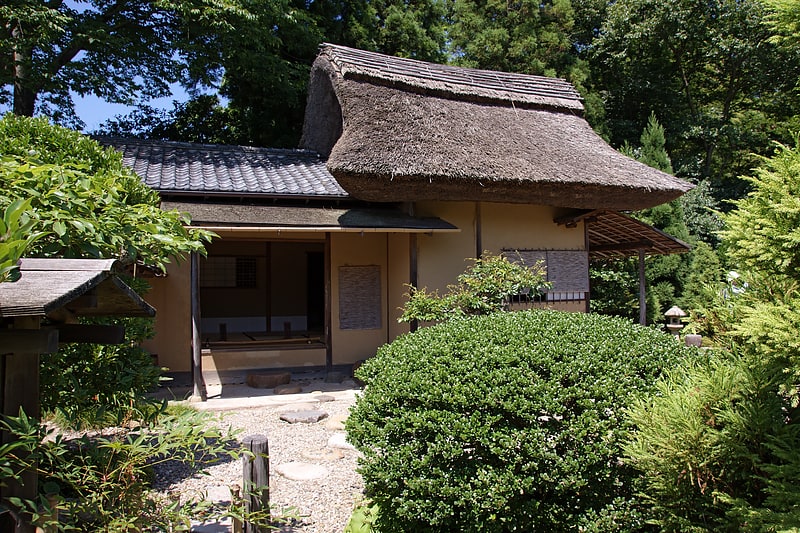
Also known as: 明々庵
Historical landmark in Matsue, Japan. Meimei-an is a tea house originally constructed in 1779 by Lord Matsudaira Harusato, daimyō of the Matsue clan at that time. It is located in Matsue, Shimane, Japan.
Meimei-an was designed in the style of the Fumai-ko school of tea ceremony (茶道), which was created by the seventh Lord of the Matsudaira to rule from Matsue. His name was Harusato, however, his nickname was Fumai-ko, thus his style of tea ceremony also took on the name Fumai-ryu (不昧流).[10]
Address: 278 Kitahorichō, Matsue-shi, 690-0888 Matsue
Song jiang li shi guan
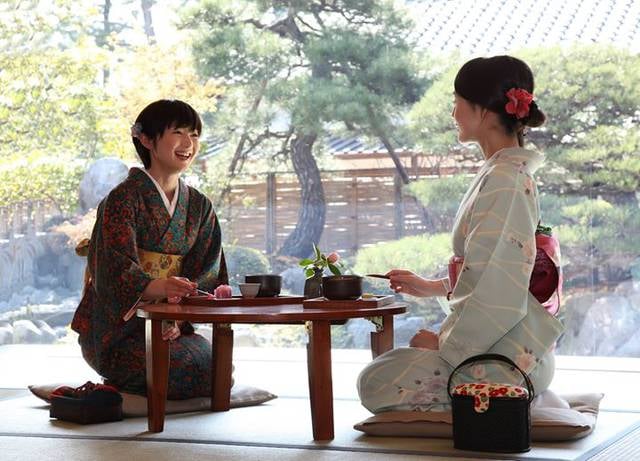
Museum, History museum
Address: 279 Tonomachi, Matsue-shi, 690-0887 Matsue